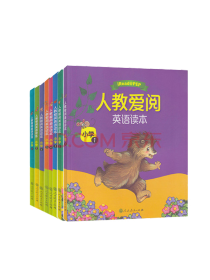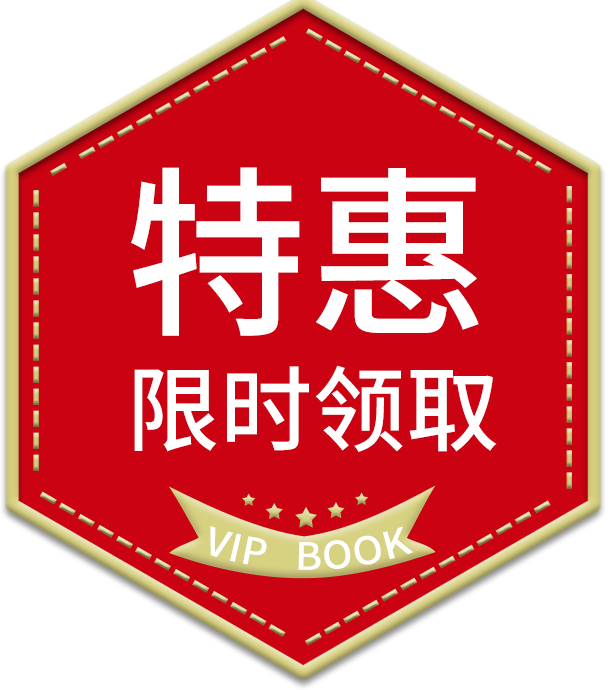类似推荐
内容简介
An introduction to the practice of English language teaching How to Teach English is for teachers at an early stage in their careers and for teachers preparing for examinations such as The Certificate in English Language Teaching to Adults or The Certificate in TESOL. This book gives clear examples and explanations of current teaching practice which teachers can put into immediate use. How to Teach English offers: ideas on what makes a good teacher and what makes a good learner descriptions and examples of language teaching methods. and a new model of good leaching practice-the ESAmodel an essential introduction to grammar teaching sequences for grammar, vocabulary, and the individual language skills ideas on the exploitation of textbooks and the planning of lessons a What if? review of common problems in the classroom a Task File of photocopiable training tasks appendices on equipment, further reading and phonetic symbols.
作者简介
哈默,Jeremy Harmer is the author of the highly acclaimed and ever popular The Practice of English Language Teaching.
章节目录
Preface by Halliday
Acknowledgements
Introdction
1 How to be a good teacher
What makes a good teacher?
How should teachers talk to stueents?
How should teachers give instructions
Who should talk in class?
What are the best kinds of lesson?
How important is it to follow a pre-arranged plan?
Conclusions
Looking ahead
2 How to be a good learner
Why is it difficult to describe a good learner?
How imprrtant is the studentsmotivation?
Who is responsible for learning?
What is reponsible for learning?
Whats special about teaching adults?
How shoule we teach the sifferent levels?
Conclusions
Looking ahead
3 How to manage teaching and learnign
How should teachers use their physical presence in class?
How Should teachers use their voices in class?
How SHould teachers mark the stages of a lesson?
What different student groupings can teachers use?
How can teachers evaluate the success or failure of their Lessons?
Conclusions
Looking ahead
4 How to describe learnincl and teaching
What do we know about language learning?
What elements are necessary for successful language learning in classrooms?
How do the three elements orES,4 fit together in lesson sequences?
What teaching models have influenced current teaching practice?
Conclusions
Looking ahead
5 How to describe languaoe
What does this chapter do?
Sentence constructions
Parts of speech
Noun types
Verb types
Verb forms
Pronouns
Adjectives
Adverbs
Prepositions
Articles
Conjunctions and conditionals
Forms and meanings
Language functions
Words together: collocation
Speaking and writing
Pronunciation
Conclusions
Looking ahead
6 How to teach language
What does language study consist of?.
How should we expose students to language?
How can we help students to understand meaning?
How can we help students to understand language form?
How should students practise language?
Why do students make mistakes?
How should teachers correct students?
Where do language study activities fit in teaching sequences?
Conclusions
Looking ahead
7 How to teach reading
Why teach reading?
What kind of reading should students do?
What reading skills should students acquire?
What are the principles behind the teaching of reading?
What do reading sequences look like?
More reading suggestions
Conclusions
Looking ahead
8 How to teach writing
Why teach writing?
What kind of writing should students do?
What do writing sequences look like?
How should teachers correct writing?
What can be done about handwriting?
How does writing fit into ESe/?.
More writing suggestions
Conclusions
Looking ahead
9 How to teach speaking
What kind of speaking should students do?
Why encourage students to do speaking tasks?
What do speaking activities look like?
How should teachers correct speaking?
What else should teachers do during a speaking activity?
How do speaking activities fit into ESA?
More soeaking suestions
Conclusions
Looking ahead
10 How to teach listening
Why teach listening?
What kind of listening should students do?
Whats special about listening?
What are the principles behind the teaching of listening?
What do listening sequences look like?
Where does video fit in?
More listening suggestions
Conclusions
Looking ahead
11 How to use textbooks
What age the different options for textbook use?
What do adding,adapting and replacing look like?
So why use textbooks at all?
HOW should teachers choose textbooks?
Conclusions
Looking ahead
12 How to plan lessons
Whyplan at all?
What age the aims of a plan?
What should be in a plan?
What questions do we need to ask?
What form should a plan take}
HOW should teachers plan a sequence of lessons?
Conclusions
Looking ahead
13 Whatif7
What if students arc all at different levels?
What if the class iS very big?
What if students keep using their own language?
What if students age uncooperative?
What if students dont want tO talk?
What if students dont understand the listening tape?
What if some students.in—groups finish before everybody else?
Conclusions
Task File
怎样教英语是2000年由外语教学与研究出版社出版,作者。
得书感谢您对《怎样教英语》关注和支持,如本书内容有不良信息或侵权等情形的,请联系本网站。












